
views
X
Trustworthy Source
Cleveland Clinic
Educational website from one of the world's leading hospitals
Go to source
However, there are a number of folk remedies and pre-fertilization techniques that some people say might help influence your baby's sex. Perhaps you'll find that, though these techniques are disputed, they're worth a shot. But no matter what: a 50/50 chance isn't so bad, right?
- Eat a diet high in calcium and magnesium with foods like milk, eggs, and fruits and veggies. This might create a more "friendly" uterine environment for baby girls.
- Avoid eating foods rich in potassium and sodium, like bananas, tuna, mushrooms, beans, and potatoes. These foods can increase your chances of having a boy.
- Track your ovulation cycle and have sex 2-4 days before you ovulate. This gives female sperm more time to move up the uterine canal.
Using Dietary Changes to Influence the Sex of Your Baby

Talk to your doctor about making dietary changes. Dietary changes remain a controversial method of influencing a baby's sex. Many doctors and scientists doubt that diet can exert any strong influence on a child's sex and consider the sex of a baby to be based on random chance. Nevertheless, if your doctor says that it is safe for you to adjust your diet to promote having a girl baby, there is little harm in trying a "girl diet."
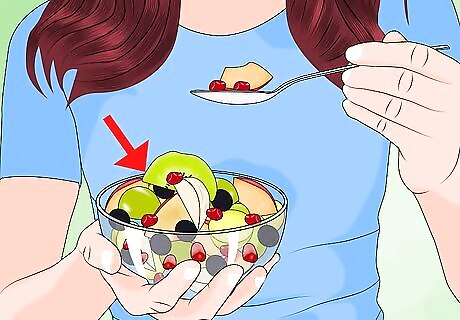
Change your diet to change your body chemistry. Dietary changes can supposedly affect your likelihood of conceiving a girl by altering the mineral content and acidity of the uterine environment. According to this theory, a woman's diet in the weeks leading to conception can make her body more "friendly" toward X chromosome sperm (which lead to a baby girl) and less "friendly" toward Y chromosome sperm (which lead to a baby boy).
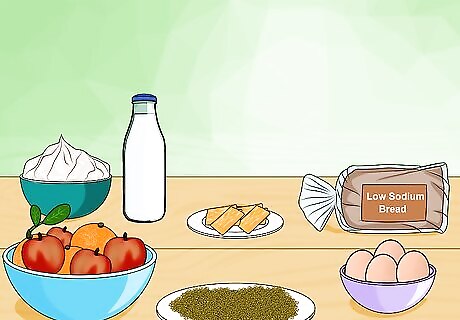
Eat a diet high in calcium and magnesium. Recommended foods on a diet conducive to having a girl include low-sodium dairy products, eggs, rice, and low-sodium breads and crackers. Fruits and vegetables might also help you conceive a girl.
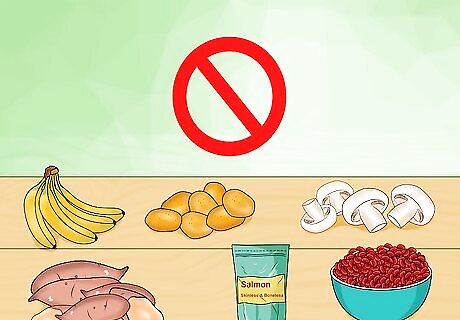
Avoid potassium and sodium-rich foods. A 2008 study found that women who ate potassium-rich cereals were more likely to conceive boys. Other potassium-rich foods include bananas, salmon, mushrooms, beans, tuna, sweet potatoes, and potatoes.
Timing Conception to Influence a Baby's Sex
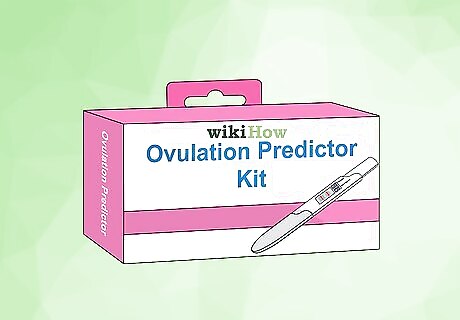
Track your ovulation cycle. You can time your ovulation in many ways. The most accurate method is to use an ovulation predictor kit (OPK). If you have a regular menstrual cycle, you can also predict the date range of ovulation by counting back 12-16 days from the date your last period started, though the prediction might not be entirely accurate. Keeping track of ovulation can also increase your likelihood of conceiving at all (regardless of sex) because women are usually the most fertile in the few days prior to ovulation. Other signs of ovulation include abdominal pain, changes in vaginal fluids, and changes in basal body temperature. Consider tracking your cycle carefully on a calendar in order to understand how your body responds to ovulation.

Have sex 2-4 days before ovulation to conceive a girl. Female sperm carry more genetic material, making them heavier and slower than male sperm. Having sex at least two days before ovulation gives the slower female sperm more time to move up the uterine canal before the egg arrives. This is known as the "Shettles Method." There is an alternate theory known as the "Whelan Method" that suggests that sex should take place 2-3 days prior to ovulation to conceive a girl and 4-6 days before ovulation to conceive a boy.
Using Medical Procedures to Conceive a Girl

Determine what you are willing to spend on sex selection. While medical procedures are the most foolproof method for having a girl, they are also the most expensive. They can cost anywhere from several hundred dollars to tens of thousands of dollars. Sometimes these procedures are not available in every country, leading to additional travel costs as well. Set a budget in order to plan how you might pay for the procedure.

Discuss options with your doctor very carefully. While side effects from these procedures tend to be mild, these techniques are relatively new and involve a certain amount of risk. Talk to a trusted doctor to decide what risks you are comfortable taking on.

Pursue sperm sorting techniques with a clinic. It is possible to sort sperm into Y-chromosomal and X-chromosomal sperm using a technique known as cytometric sorting, after which an egg is fertilized with the desired sperm using artificial insemination or in vitro fertilization. Because X chromosomes are slightly larger than Y chromosomes, sperm that lead to girls are able to absorb more fluorescent dye than sperm that lead to boys. The sperm can then be separated, and the desired sex of a baby can be chosen. Sperm sorting is highly effective, though it is not 100% effective. It can, however, be costly and might not be available for all prospective parents.

Look into the "swim up" method of artificial insemination. Many reproductive clinics offer to sort sperm by their speed of movement. Because sperm carrying female genetic material tend to be heavier (and therefore slower), this sorting can make a specific sex much more likely, though not guaranteed.
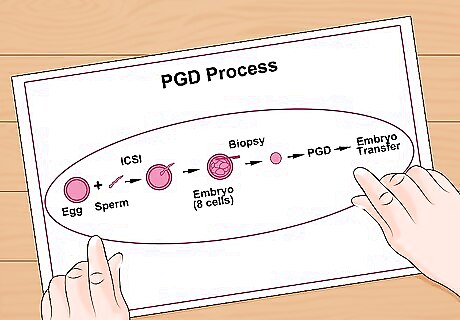
Pursue preimplantation genetic diagnosis (PGD). This procedure can be done on embryos created using in vitro fertilization. It allows doctors to identify embryos of a certain sex, thus providing sex selection prior to embryonic implantation. In addition to identifying (and potentially selecting) embryos of a certain sex, chromosomal disorders and conditions can be identified using PGD. Though highly effective, the procedure is costly and invasive, and it raises ethical dilemmas about the appropriateness of sex selection of embryos. In fact, sex screening is banned in some places. Certain countries, like Britain, make exceptions only when there is a medical necessity to screen for sex, such as sex-specific genetic diseases. Other doctors similarly support post-fertilization sex selection in cases of medical necessity, but reject post-fertilization sex selection practices because of personal preference. The procedure works by identifying the sex of an embryo while it is still in the lab before it is placed in the womb, and claims 100% accuracy.












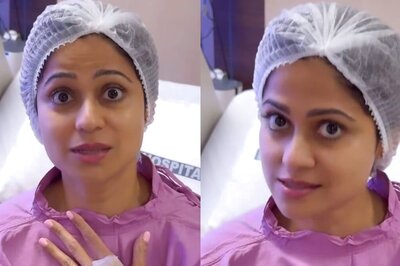







Comments
0 comment